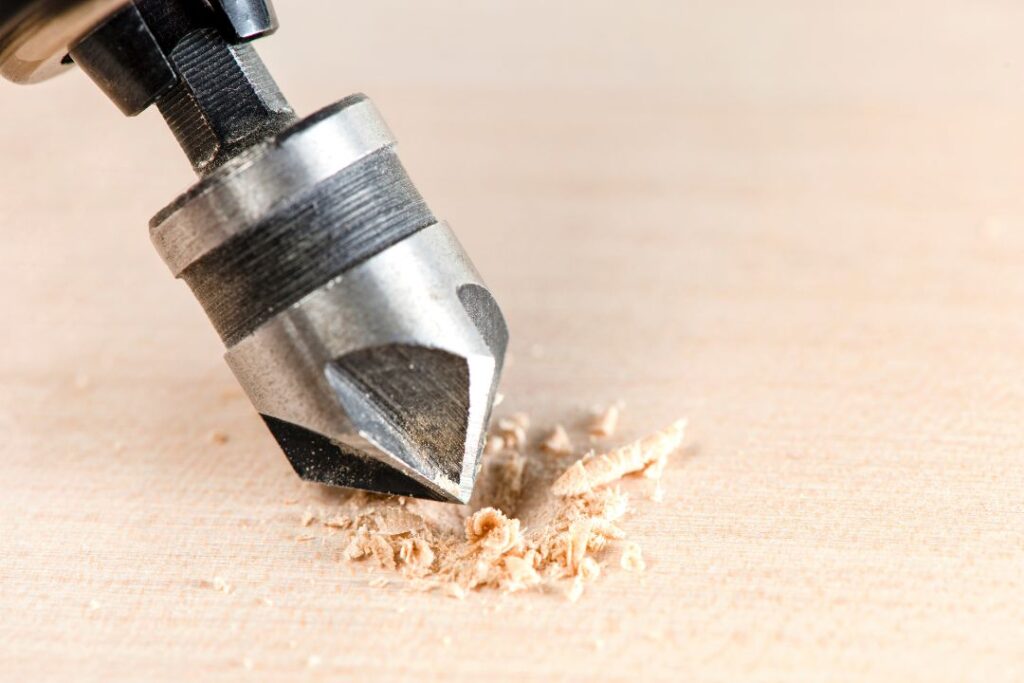
Drilling holes in various materials requires the right equipment. One essential aspect of successful drilling is choosing the most suitable drill bit to tackle your project. We’ll explore different drill bits and what materials to use them on.
Twist Bits
Twist bits are the most common type of drill bit. They are for general use and are suitable for various materials such as wood, plastic, and metal. These bits have a spiral design and sharp cutting edges that let you easily drill holes into your workpiece. When drilling into harder materials like metal, you should lubricate the drill and drill bit to prevent overheating and extend the bit’s lifespan.
Spade Bits
A spade bit drill has a flat, paddle-like shape with a sharp tip that allows it to fasten through large, wooden holes. While puncturing the workpiece with your drill, the bit spits out wooden chips as it creates holes. Here’s a tip for using a spade bit: be mindful of the wood grain. If you position it right, you can avoid damaging or splintering the material.
Countersink Bits
Countersink bits are the go-to for projects that involve a flush, clean finish. They create a conical hole in materials like wood and plastic, allowing screw heads to sit flush with the material’s surface. Countersink bits come in various sizes, giving you more ways to configure sizes for your project and find the best screw head for the job.
Masonry Bits
Masonry bits have a tough carbide tip and work with materials such as concrete, brick, and stone. The unique tip allows the bit to break up the hard material while the spiral flutes evacuate debris. While using the masonry bit, it’s essential to use a hammer drill to ensure the process doesn’t cause errors in your project. The hammer drill enhances the performance of the masonry bit by supplying the exact amount of vibration and force it needs to press through tough materials.
Importance of Drill Bit Sizes
As you lay out the elements of your project, you should know the importance of choosing the right drill bit size for the job, as it will help you drill clean holes and prevent damage to the workpiece and the drill bit. Too small of a hole will make the drilling process slow and arduous, while a too-large hole can lead to the material splitting or cracking. Being mindful of the drill bit size you need will minimize these risks and ensure great results.
Understanding the different drill bits and what materials to use them on is crucial for achieving successful results in drilling projects. Always consider the drill bit size and type you need before trying any part of your project. After some consideration, you’ll do great-quality drilling.


